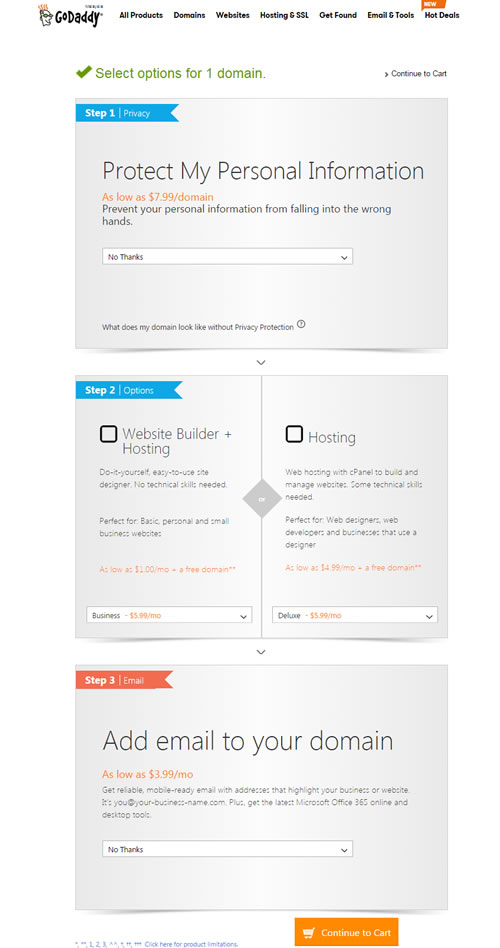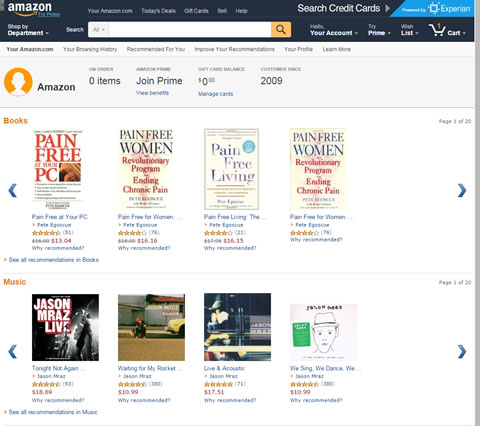Congratulations! The battle has been won – you've made a sale.
But in reality, the battle has just begun. Making a sale is one thing, but what comes next? Hopefully more sales, and that's where upselling and cross-selling come in to play.
These popular sales techniques help drive more sales from already converted customers, which are proven to be easier sales to make.
What is upselling and why does it work?
Upselling is something we're all well aware of, but for review, it's when a sales technique in which a salesperson entices a customer to purchase more expensive items or upgrades to make a more profitable sale. According to Marketing Metrics, "the probability of selling to a new prospect is 5 to 20%. The probability of selling to an existing customer is 60 to 70%." Cross-selling involves selling additional products and services to an existing customer based on their initial purchase.
Upselling gives you a great return on your investment. You've already invested the time to make the initial sell. The time it takes to upsell is minimal compared to the initial sell, and much more likely to be successful. The customer has already decided to trust your recommendation with the initial sale, which makes them much more likely to consent to an upsell. [Simplify the payment process by ensuring you have the best credit card processing solution for your business.]
However, there's another advantage you might not be aware of. When done correctly, upselling increases customer satisfaction. Customers want value, and they are often willing to spend more money to get more value.
How you upsell is key. If it's framed as wanting them to get the most value for their money, upselling makes the customer feel valued. If it feels like you are attempting to upsell to increase your bottom line, the customer will be dissatisfied.
Read on for five quick and easy upselling and cross-selling techniques that will help drive conversions and site revenue.
1. Keep upselling recommendations limited.
When it comes to upselling, more options do not necessarily increase the chances of a sale.
It is important to keep in mind here that more choices simply generate more confusion and often overwhelm consumers.
Successful upsells begin with a solution to their problems. Not more confusion and questions. Therefore, it is a wise idea to keep things simple. When it comes to offering cross-selling recommendations, for example, don't offer 27 different possibilities.
Stick with just a few, well-targeted recommendations to maximize your shot at a successful sale. GoDaddy limits their upselling items to just three items. When a customer orders a domain name, the system will ask if the customers are interested in domain privacy, web hosting or email hosting.

2. Try bundling.
Bundling encourages both upselling and cross-selling. Therefore, it is always a wise idea to package items together into bundles.
For example, you can sell WordPress templates, plugins and logos all together in bundles as opposed to separately as standalone items.
The chances that a consumer will purchase all three of these items increase dramatically if they can do so with one single purchase, as opposed to three separate purchases. This, in turn, boosts your company's revenue.
3. Know your customers.
Comprehensive audience research is critical to successful upselling and cross-selling. Make sure you know your customers and that you understand their wants, needs and preferences.[Keep all of your customers' information and buying habits organized in a CRM system.]
Think about a waiter in a high-end restaurant for instance. An effective waiter would likely pay attention to the preferences and tastes of regular customers. If the same couple comes in several times a month and always orders the same bottle of Argentinian Malbec, a good waiter would take note of this and eventually recommend a more expensive bottle of Malbec suited to the customers' taste, a move that would likely impress the customers and boost the restaurant's revenue.
Amazon is yet another great example of a company that effectively upsells and cross-sells based on knowledge of customers.
The company tracks customers' orders and makes purchase recommendations based on past orders. If you have ever bought a book from Amazon, you have probably noticed that the company tracks your book orders and recommends other relevant reading materials based on what other shoppers who also bought that book purchased.

4. Don't overdo it.
Both cross-selling and upselling are excellent sales strategies, but don't overdo it. Stick to pitching a few items that are well targeted toward your customers' wants, needs and preferences.
5. Always keep the rule of 25% in mind.
As a general rule of thumb, you should never try to upsell or cross-sell items that are more than 25% of the original order. That means that if a potential car buyer walks onto a car lot with the intention of purchasing a Honda, the car seller probably shouldn't try to upsell the buyer a Porsche.
The same principle applies to cross-selling. Let's return to that high-end restaurant example. Imagine that the couple settles on a $100 bottle of Malbec, and the waiter attempts to cross-sell the couple white Italian truffles, which would pair beautifully with the wine. The problem? An order of white Italian truffles will typically run around $250 for a 500-gram serving, meaning that it is probably out of the couple's price range. The waiter shouldn't try to cross-sell anything that costs more than $125, or 25% more than the original order (the bottle of wine).
By sticking to the rule of 25%, you will avoid making outlandish suggestions to customers and boost your odds of successful sales.
